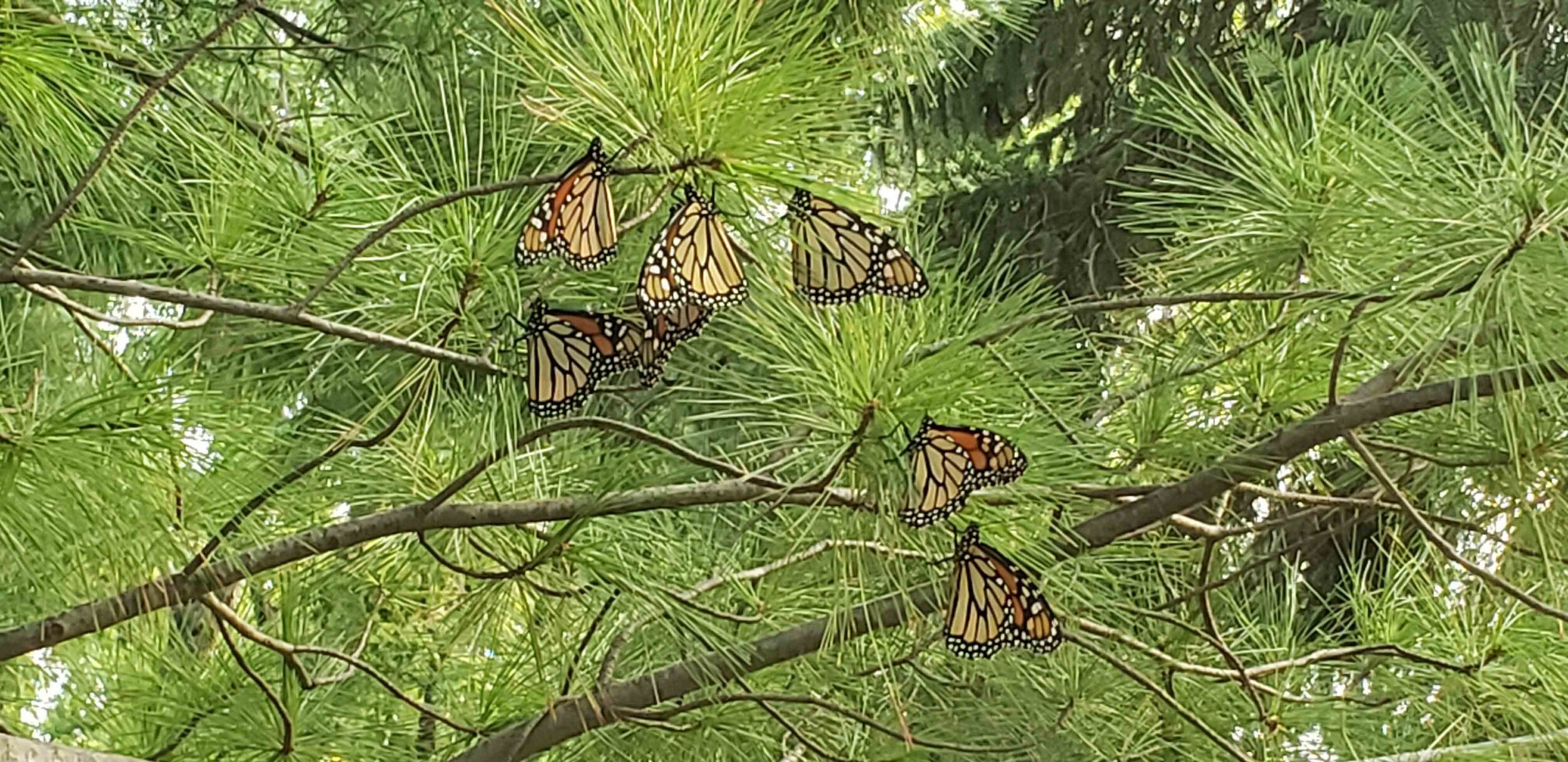Climate Change and the Garden
We need to garden like the earth depends on it. The realities of climate change weigh on all of us. The problems are large and complex, and I have wondered what I can do protect the life we know. We can address climate change by planting, by gardening with native plants and by creating habitat for pollinators and other wildlife. This is more than ornamental landscaping (although our gardens will be beautiful). This is gardening for the future.
Creating habitat for insects, butterflies and birds with sustainable, resilient landscapes appeals to many. These gardens make a difference and are an opportunity to contribute to slowing climate change. Gardeners will take this idea and run with it. They have seen firsthand how global warming has changed the way they garden. They can understand the loss of habitat. Designers are changing plant palettes and planning for water shortages and drastic weather events. Gardeners need to do the same.
Landscape designers need to consider climate change when creating gardens for their clients. The difficulties are the unknowns of how the changing climate will affect each location. We know that summers are hotter and drier in the Midwest and that rain has been scarce in California. In addition to the change in and unpredictability of temperatures and rain, serious weather happens more frequently and with greater fury.
The effects of climate change are great and unsettling, and we need to respond with innovation and flexibility. In the process, we not only create beauty in the landscape, but also a landscape that is sustainable and regenerative and will lessen the future effects of climate change.
Creating habitats is a method to prepare our gardens for the effects of our changing climate. A healthy habitat has a greater chance of surviving climate events such storms, flooding and drought because the soils are deeper and held in place by accumulating plant debris and the plants’ deep root structures. Growing diverse combinations of native plants creates resilient communities as the toughest plants become prevalent and the others have a protected habitat to thrive. It is more important than ever to match plants to site conditions, including hardiness or heat zones, soils, elevation, light and wind.
Gardeners all want to do something. Our gardens are affected tremendously by the changing climate. This weighs on and scares all of us. We can make gardens that are resilient and at the same time mitigate some of the change and create habitat for native wildlife. These activities allow us to be hopeful.
Established shade garden with eastern redbud, false blue indigo and columbine
False blue indigo and Ohio spiderwort in a small prairie, in spring
A monarch caterpillar hidden on a butterflyweed plant
Bold yellow coneflower, milkweed and Culver's root in a small prairie
Prairie favorites yellow coneflower, bee balm and purple coneflower
Yellow swallow tail on purple coneflower
A walk through the prairie in summer
Prairie in the fall
Prairie flower barn quilt with small prairie
Monarchs waiting to migrate in a white pine










